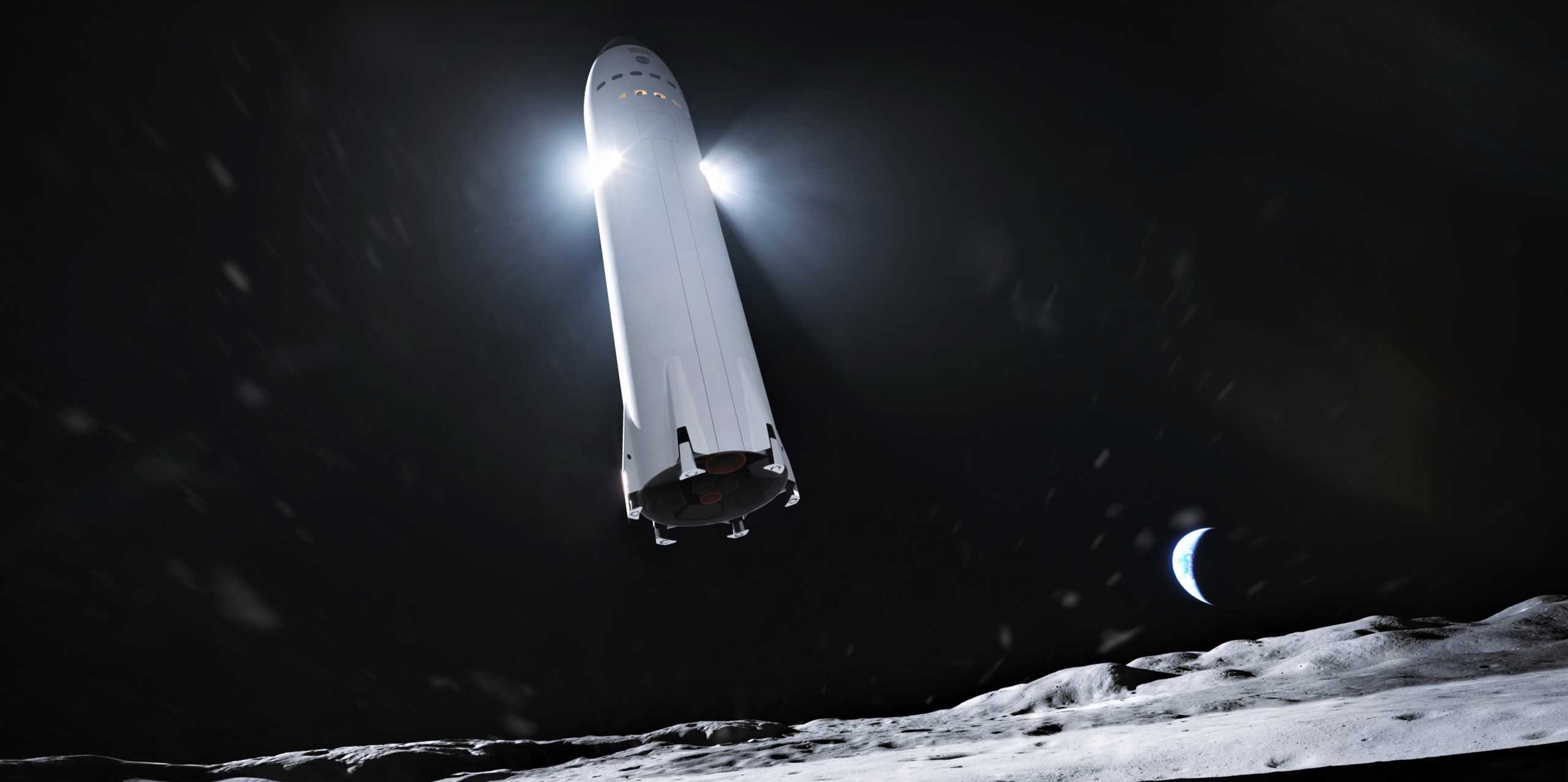
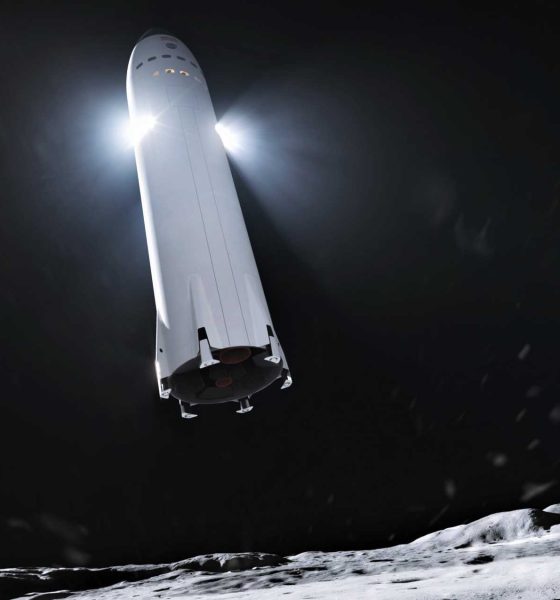
News
SpaceX Starship to land NASA astronauts on the Moon
SpaceX has won part of a new $1 billion NASA contract to create a custom version of Starship designed explicitly to send space agency astronauts and huge amounts of cargo to the Moon.
Incredibly, SpaceX won its Lunar Starship development contract alongside two others awarded by NASA – one to a Blue Origin-led coalition and the other to Dynetics and “more than 25 subcontractors”. Of the three, only SpaceX’s offering is a single-stage lunar lander, while Dynetics wants to build a two-stage lander and Blue Origin wants to build a three-stage lander. It also appears that SpaceX’s custom Starship is the only lander designed to be at least partially reusable, capable of flying “many times between the surface of the Moon and lunar orbit” according to the launch company.
While potentially very exciting, the fate of NASA’s triple-threat Moon lander contract award now rests almost entirely in the hands of Congress. As of today, NASA has committed almost $970 million to the three lunar landers it’s decided to develop, only part of which the space agency appears to have on hand and ready for dispersal. For the program to even begin to approach actual missions to the Moon, let alone astronaut landings, Congress will have to consistently raise NASA’s budget every year for at least the next five to six.
Even insofar as that required budget raise (roughly ~$3B per year) is only a 10-15% increase and is effectively a rounding error relative to the rest of the federal budget, military in particular, the odds that Congress will consistently and fully support it are not great. For example, the Commercial Crew Program (CCP) – set to attempt its inaugural astronaut launch next month – began in 2010 with the expectation it would cost around $7-8 billion and achieve its first crewed launch in 2015 or 2016.
From 2010 to 2015, Congress systematically underfunded the Commercial Crew Program for largely parochial reasons, preferring to put money into projects (typically the Space Launch System rocket, Orion spacecraft, and their launch facilities) that directly benefited their districts or states. Over half a decade, Congress supplied only 60% of the funds CCP had budgeted, a lack of resources that likely directly resulted in years of program delays. Notably, while both Boeing and SpaceX have run into significant technical hurdles and suffered their own technical delays, the companies would have almost certainly been able to discover those hurdles earlier on if they’d had the full CCP budget supporting them.
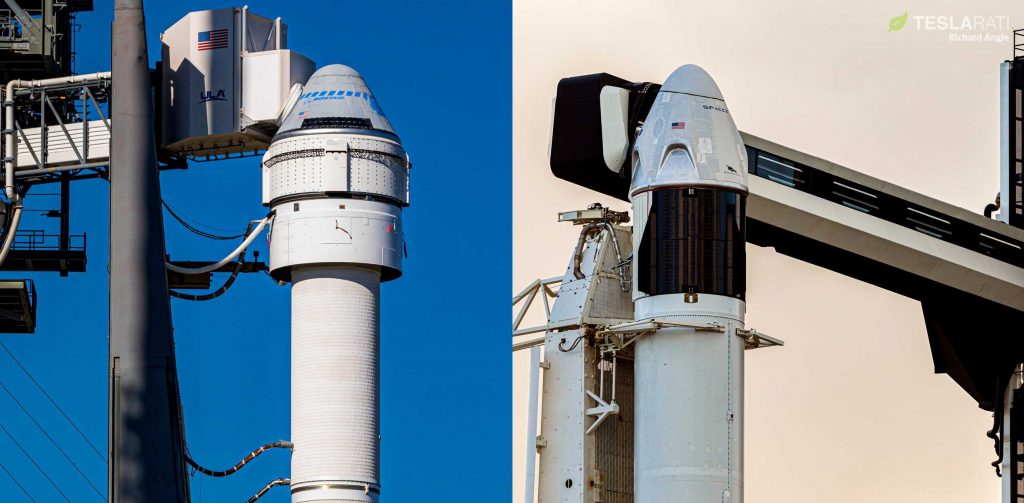
It’s entirely unclear whether NASA’s new Artemis Moon lander program will have a better or worse time than the Commercial Crew Program. The same parochial SLS/Orion/ground systems interests remain in full force in the US House and Senate and will likely not be pleased by the fact that only one of NASA’s three HLS awards could result in SLS launch contracts. Surprise winner Dynetics has proposed a lander that can launch on either SLS 1B or the United Launch Alliance (ULA) Vulcan Centaur rockets.
SpaceX’s Starship lander will unsurprisingly launch of its own Super Heavy rocket booster, while Blue Origin, Lockheed Martin, Northrup Grumman, and Draper’s lander will almost certainly launch on the former company’s New Glenn rocket.
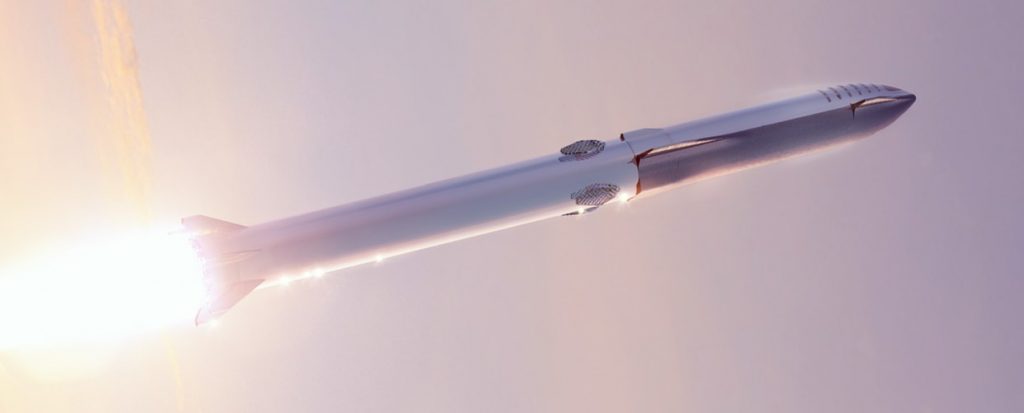

Ultimately, this is the most significant acknowledgement and support SpaceX’s next-generation Starship rocket has ever received from NASA or the US federal government. Still, of the ~$970 million NASA has initially committed, Starship only received $135 million – nearly half as much as Dynetic received and more than four times less than Blue Origin’s award. NASA is thus clearly hinging its investment on SpaceX’s continued internal support for its next-generation, fully-reusable launch vehicle, as $135 million certainly isn’t enough for even SpaceX to build a building-sized rocket to land astronauts on the Moon.
Regardless, this is certainly one of the most intriguing possible outcomes of NASA’s Human Lander Systems contracts and should keep things very interesting – pending Congressional support – over the next several years.

News
Tesla shares epic 2025 recap video, confirms start of Cybercab production
The cinematic montage, posted by the official Tesla account on X, celebrated the company’s progress in EVs, energy, and Robotaxi development.
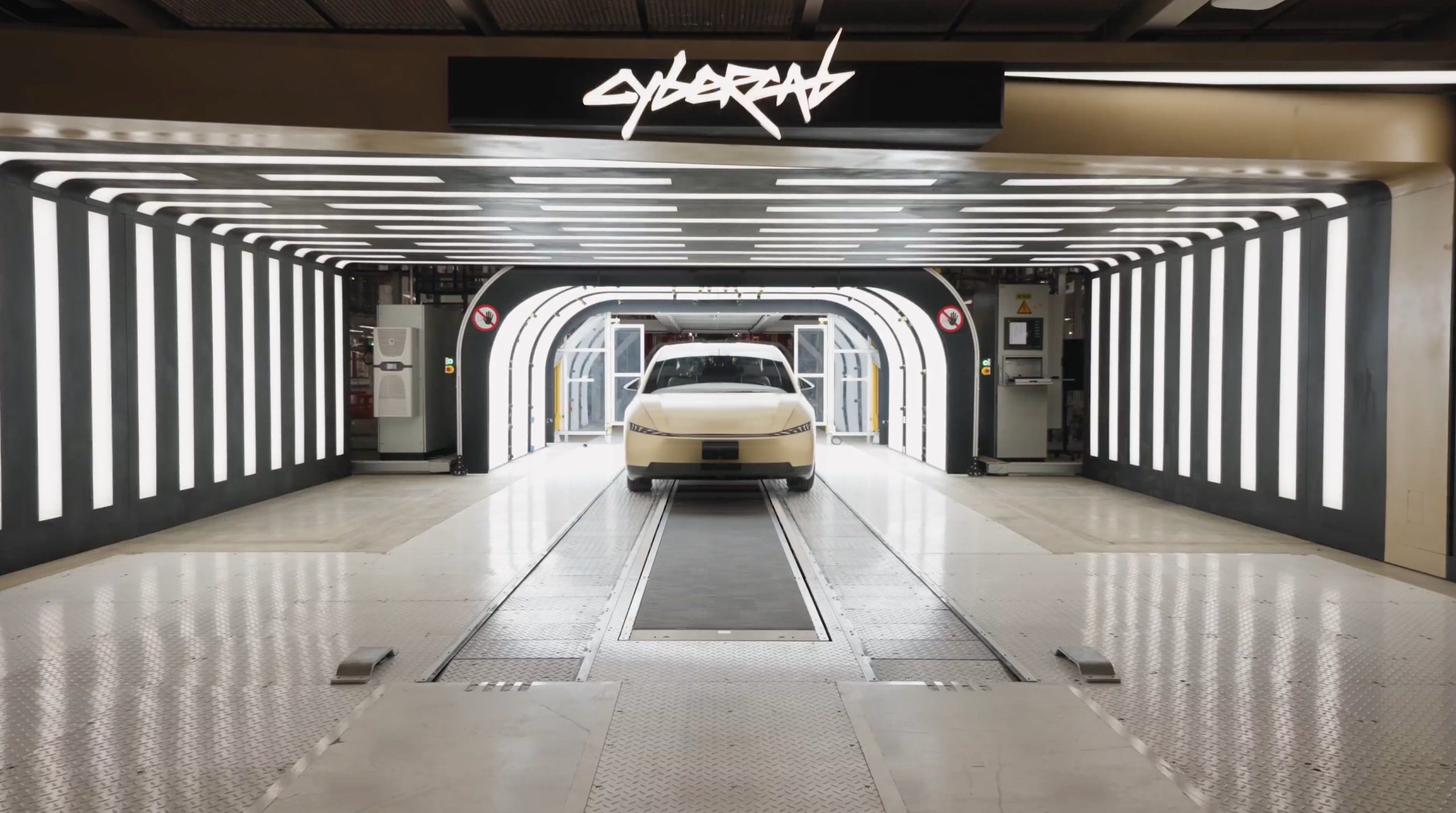
Tesla has released an epic year-in-review video for 2025, recapping some of its major achievements from refreshed models to autonomy breakthroughs and production ramps.
The cinematic montage, posted by the official Tesla account on X, celebrated the company’s progress in EVs, energy, and Robotaxi development while looking ahead to an even bigger 2026.
Tesla’s 2025 highlights recap
Tesla has had a busy 2025, as highlighted in the recap video. The video opened with Elon Musk explaining the company’s pursuit of sustainable abundance. A number of milestones were then highlighted, such as the rollout of FSD v14, Optimus’ numerous demos, the opening of the Tesla Diner in Hollywood, LA, the completion of the world’s first autonomous car delivery, and the launch of the Robotaxi network in Austin and the San Francisco Bay Area.
Tesla also highlighted several of its accomplishments over the year. As per the company, the Model Y was the year’s best-selling vehicle globally again, and Teslas became more affordable than ever thanks to the Model 3 and Model Y Standard. Other key models were also rolled out, such as the refreshed Model S and X, as well as the new Model Y, the new Model Y Performance, and the six-seat, extended wheelbase Model Y L.
The Megablock was also unveiled during the year, and the Supercharger Network grew by 18%. Over 1 million Powerwalls were also installed during the year, and the Cybertruck became the first EV truck to get both an IIHS Top Safety Pick+ award and an NHTSA 5-Star safety rating.
Cybercab production confirmed
Interestingly enough, Tesla also confirmed in its 2025 recap video that the production of the Cybercab has started. This bodes well for the vehicle, as it could result in the vehicle really being mass-produced in the first half of 2026. Elon Musk confirmed during the 2025 Annual Shareholder Meeting that Cybercab production should earnestly start around April 2026.
Musk has also noted that the Cybercab will be Tesla’s highest-volume vehicle yet, with the company aiming for an annual production rate of about 2 million units. “If you’ve seen the design of the Cybercab line, it doesn’t look like a normal car manufacturing line,” Musk said earlier this year. “It looks like a really high-speed consumer electronics line. In fact, the line will move so fast that actually people can’t even get close to it.”
News
Tesla Cybercab is changing the look of Austin’s roads, and it’s not even in production yet
Videos and photos showed the sleek, two-seat autonomous vehicles navigating traffic.
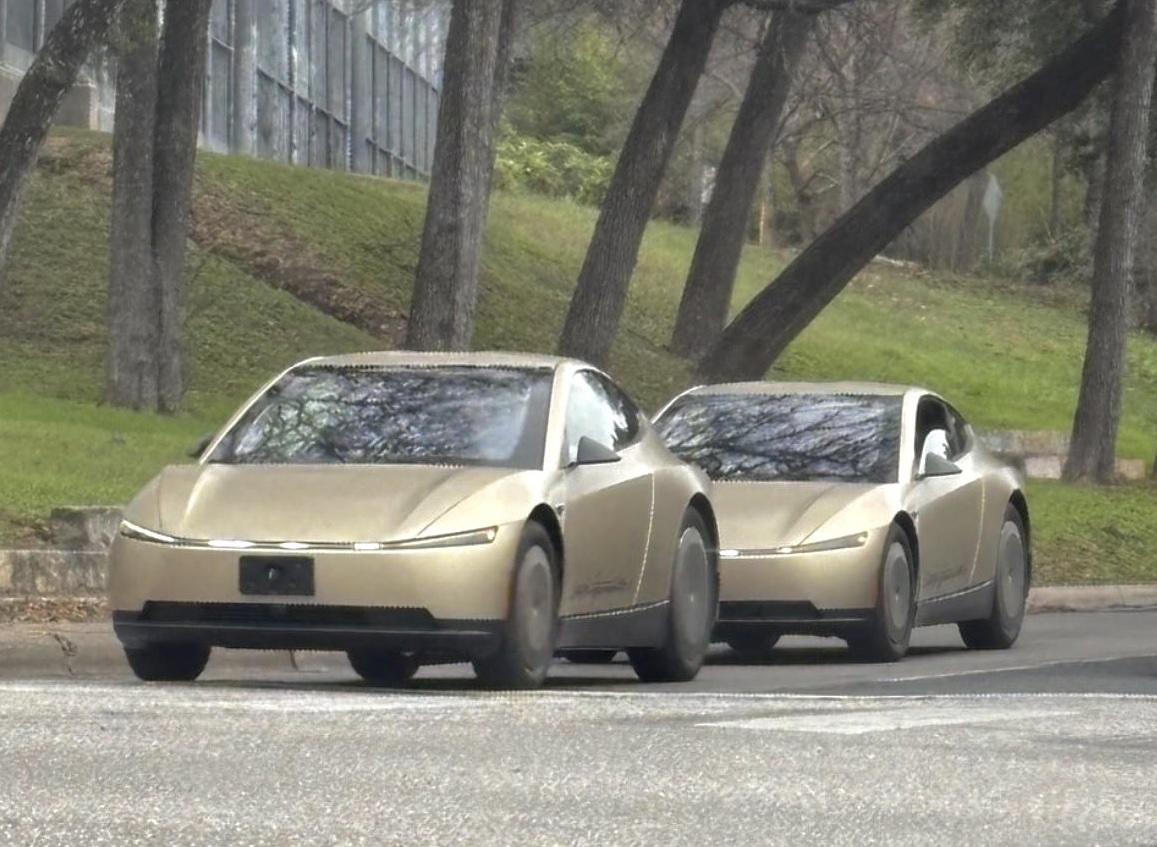
Even before entering production, Tesla’s Cybercab is already transforming the appearance of Austin’s streets, with multiple prototypes spotted testing in downtown areas recently.
Videos and photos showed the sleek, two-seat autonomous vehicles navigating traffic. Interestingly enough, the vehicles were equipped with temporary steering wheels and human safety drivers.
Recent Cybercab sightings
Over the weekend, enthusiasts captured footage of two Cybercabs driving together in central Austin, their futuristic silhouettes standing out amid regular traffic. While the vehicles featured temporary steering wheels and side mirrors for now, they retained their futuristic, production-intent exterior design.
Industry watcher Sawyer Merritt shared one of the vehicles’ videos, noting the increasing frequency of the autonomous two-seater’s sightings.
Previewing the autonomous future
Sightings of the Cybercab have been ramping in several key areas across the United States in recent weeks. Sightings include units at Apple’s Visitor Center in California, the Fremont factory test track, and in Austin’s streets.
The increased activity suggests that Tesla is in overdrive, validating the autonomous two-seater ahead of its planned volume production. Elon Musk confirmed at the 2025 Shareholder Meeting that manufacturing begins around April 2026 with ambitious targets, and during an All-Hands meeting earlier this year, Musk hinted that ultimately, Tesla’s factories should be able to produce one Cybercab every 10 seconds.
News
Tesla celebrates 9 million vehicles produced globally
The achievement, announced by Tesla Asia on X, celebrated not just the Shanghai team’s output but the company’s cumulative production across all its factories worldwide.
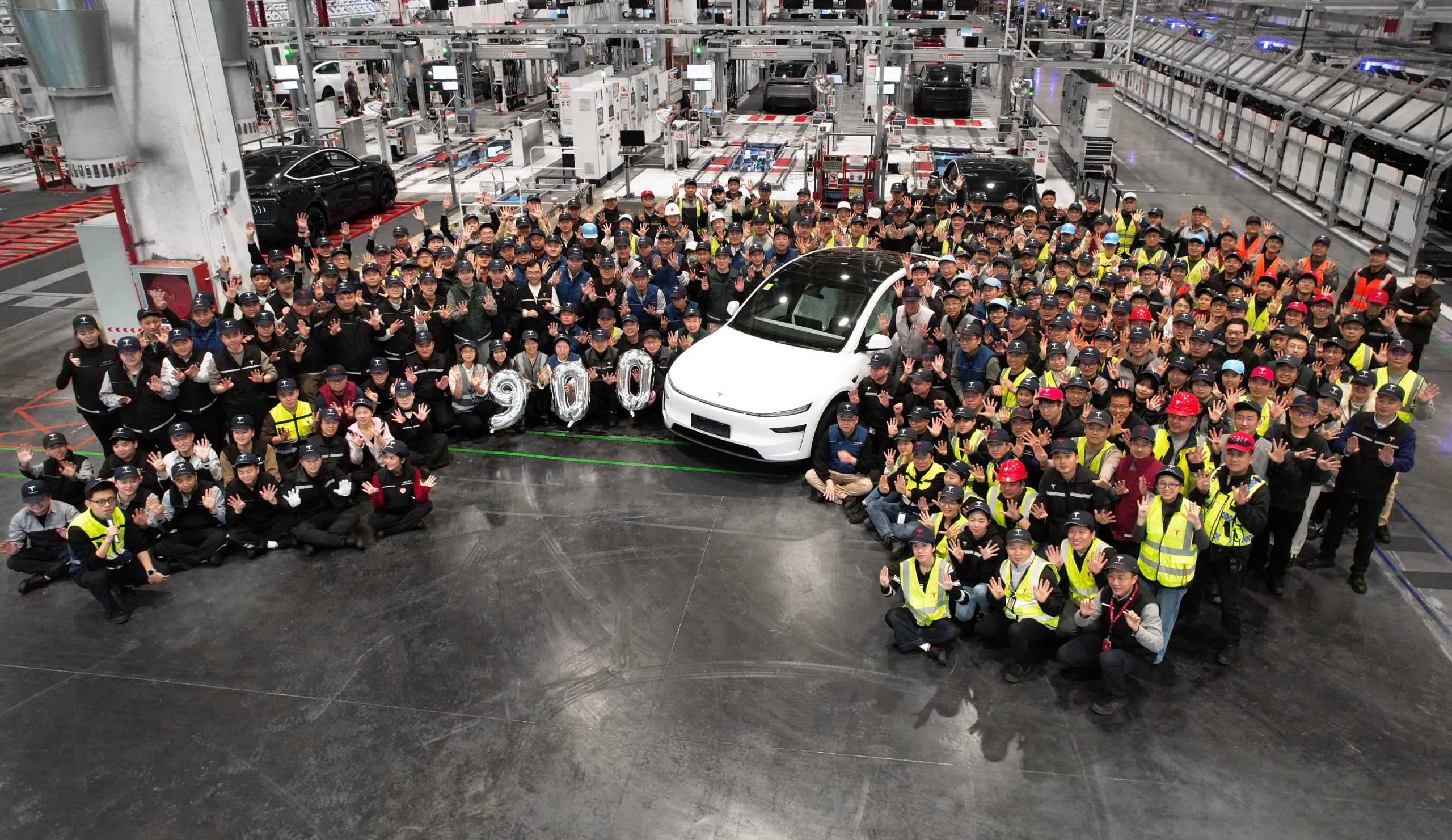
Tesla has achieved a new milestone, rolling out its nine millionth vehicle worldwide from Giga Shanghai.
The achievement, announced by Tesla Asia on X, celebrated not just the Shanghai team’s output but the company’s cumulative production across all its factories worldwide. The milestone came as 2025 drew to a close, and it inspired praise from some of the company’s key executives.
Tesla’s 9 million vehicle milestone
The commemorative photo from Tesla Asia featured the Giga Shanghai team assembled on the factory floor, surrounding the milestone Model Y unit, which looked pristine in white. The image was captioned: “Our 9 millionth vehicle globally has just rolled off the production line at Giga Shanghai. Thanks to our owners and supporters around the world.”
Senior Vice President of Automotive Tom Zhu praised Tesla’s factory teams for the remarkable milestone. He also shared his gratitude to Tesla owners for their support. “Congrats to all Tesla factories for this amazing milestone! Thanks to our owners for your continued support!” Zhu wrote in a post on X.
Giga Shanghai’s legacy
Tesla’s nine million vehicle milestone is especially impressive considering that just 207 days ago, the company announced that it had built its eight millionth car globally. The eight millionth Tesla, a red Model Y, was built in Giga Berlin. The fact that Tesla was able to build a million cars in less than seven months is quite an accomplishment.
Giga Shanghai, Tesla’s largest factory by volume, has been instrumental to the company’s overall operations, having reached four million cumulative vehicles earlier in 2025. The plant produces Model 3 and Model Y for both domestic Chinese and export markets, making it the company’s primary vehicle export hub.








